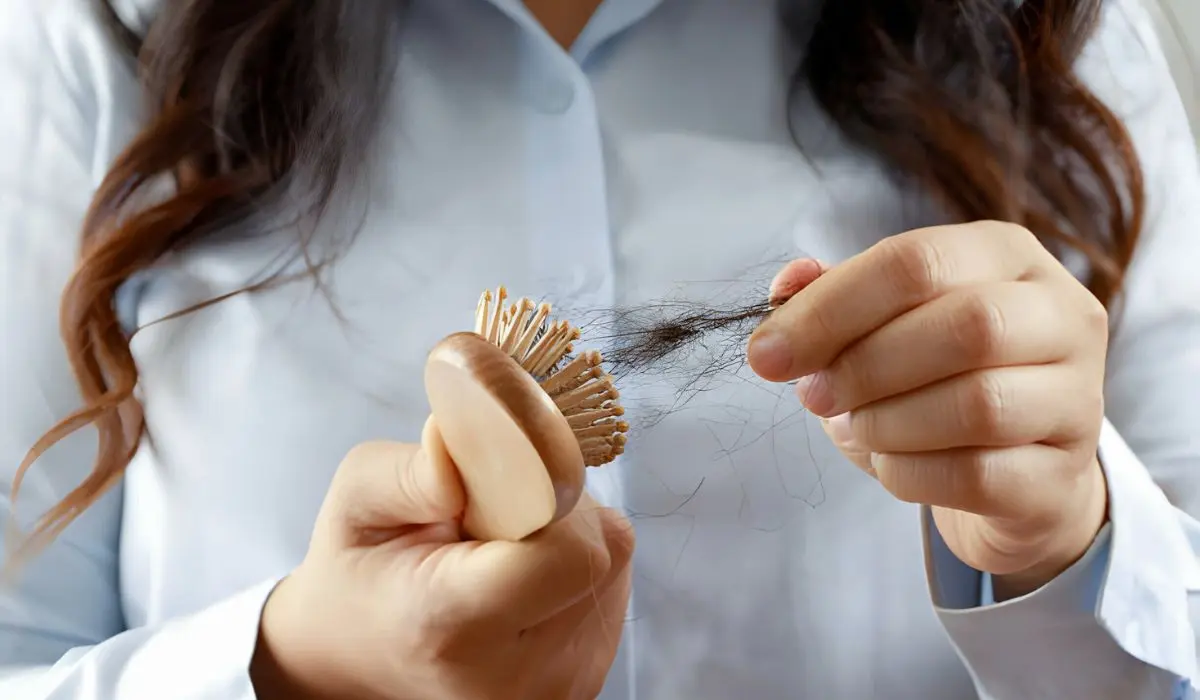Smoothening treatments like keratin or Brazilian blowouts can leave hair looking sleek and frizz-free, but they often come at a cost – damaged, brittle strands. The chemicals used in these treatments can strip away the hair’s natural oils and proteins, leaving it dry, dull, and prone to breakage. But fear not, there are ways to revive and repair your tresses after a smoothening treatment goes wrong.
In this article, we’ll explore the causes of damage and provide effective tips to restore the health and vibrancy of your locks.
How Is Hair Damaged After Smoothening?
Smoothening treatments typically involve the application of harsh chemicals, such as formaldehyde or other aldehydes, to break down the hair’s natural bonds and restructure them into a straighter, smoother pattern. This process can strip away the hair’s protective outer layer (the cuticle), as well as its natural oils and proteins.
Without these essential components, the hair becomes weak, dry, and prone to breakage. Additionally, the high heat used during the smoothening process can further damage the hair’s structure, causing it to become brittle and dull. Even after the treatment, the residual chemicals can continue to break down the hair’s bonds, leading to further damage over time.

Ways To Repair Damaged Hair After Smoothening?
If your hair is suffering from the aftermath of a smoothening treatment, there are several steps you can take to help repair and revive your tresses:
- Deep Conditioning Treatments: One of the most effective ways to restore moisture and nourishment to damaged hair is through regular deep conditioning treatments. Look for products containing ingredients like coconut oil, argan oil, or shea butter, which can help replenish the hair’s natural oils and proteins. You can also try a hair mask or hot oil treatment once a week for an extra boost of hydration.
- Protein Treatments: Smoothening treatments can strip away the hair’s natural proteins, leaving it weak and prone to breakage. To counteract this, consider using a protein treatment or a product containing ingredients like keratin, silk, or wheat proteins. These can help rebuild the hair’s internal structure and restore its strength and elasticity.
- Trim Split Ends: Split ends are a common issue after smoothening treatments, as the hair becomes more prone to breakage. Regularly trimming off these damaged ends can help prevent further splitting and breakage, allowing healthy hair to grow in its place.
- Minimize Heat Styling: Heat styling tools like flat irons, curling irons, and blow dryers can further damage already-compromised hair. If possible, try to minimize the use of these tools or use them on lower heat settings. Additionally, always use a heat protectant product to create a barrier between your hair and the high temperatures.
- Gentle Cleansing: Harsh shampoos can strip away the hair’s remaining natural oils and moisture, exacerbating the damage caused by smoothening treatments. Instead, opt for gentle, sulfate-free shampoos and conditioners specifically formulated for dry, damaged hair.
- Avoid Tight Hairstyles: Tight ponytails, buns, or braids can put excessive tension on the hair, leading to breakage and further damage. Instead, opt for loose, gentle hairstyles that minimize pulling and tension on the strands.
- Consider Hair Supplements: Hair supplements containing biotin, vitamins, and minerals like iron, zinc, and vitamin C can help promote healthier hair growth from the inside out. These nutrients nourish the hair follicles and support the production of strong, resilient strands.
Precaution Techniques
While repairing damaged hair after a smoothening treatment is possible, it’s essential to take precautions to prevent further damage and promote healthy hair growth. Here are some preventative techniques to consider:
- Avoid Frequent Smoothening Treatments: Smoothening treatments should be spaced out by several months to allow your hair to recover and regain its strength. Frequent treatments can lead to severe, long-lasting damage.
- Choose Reputable Salons: Always research and choose a reputable salon that uses high-quality products and follows proper safety protocols for smoothening treatments. Inexperienced stylists or low-quality products can increase the risk of damage.
- Incorporate Regular Trims: Even with proper care, smoothened hair can become dry and brittle over time. Trimming on a regular basis (every 6-8 weeks) can help to remove damaged ends and stimulate healthy growth.
- Protect Your Hair from the Elements: Exposure to harsh environmental factors like sun, wind, and pollution can further compromise damaged hair. Wear a hat or use a protective serum or cream when spending time outdoors.
- Be Patient: Repairing severely damaged hair takes time and consistency. Stick to a hair care routine that nourishes and protects your strands, and be patient as your hair gradually regains its health and vibrancy.
Conclusion
Smoothening treatments can leave hair looking sleek and polished, but the potential for damage is high. By understanding the causes of damage and implementing effective repair and prevention strategies, you can help restore the health and vitality of your tresses. With patience, consistency, and the right hair care regimen, it is possible to revive damaged hair and achieve beautiful, healthy locks once again.





